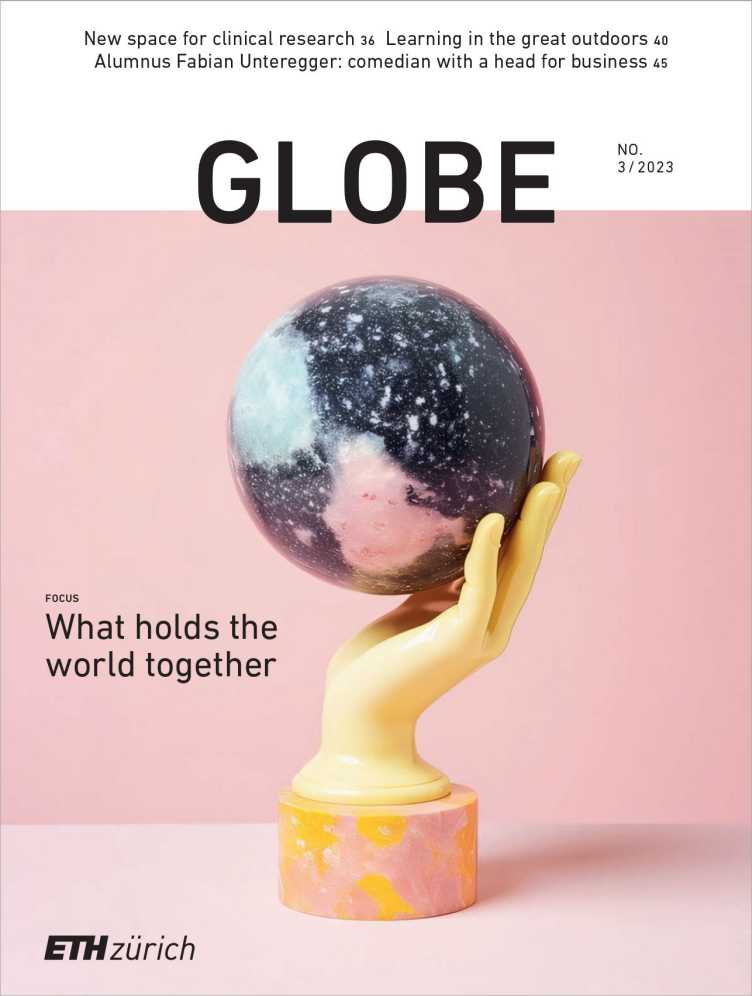Made from waste instead of trees
The start-up Treeless Pack produces cellulose with microorganisms - entirely without wood. The cellulose can be used to produce paper, packaging material or composites for the construction industry in a resource-saving way.

Pulp is normally produced from wood fibres – but why not use an entirely different source of cellulose? This was the intriguing idea that led Patrycja Kucharczyk and Adam Korczak to found Treeless Pack, a start-up that produces microorganism-based natural fibres by feeding bacteria on nutrients found in organic waste. Producing cellulose from wood is extremely polluting and energy-intensive. By contrast, Treeless Pack’s method helps protect our forests. What’s more, thanks to the fully automatable vertical farming technology currently being devoloped, it’s highly scalable and energy-efficient.
The two young entrepreneurs began their journey in the Student Project House at ETH Zurich. There, they received coaching and numerous other benefits, including access to a network of like-minded creators, industry partners and start-ups at a more mature stage of development. It didn’t take long for them to turn their concept into a product: Treeless Pack now offers a resource-friendly alternative to wood-based cellulose that can be used for paper, packaging and even composites for the construction industry.
Student Project House
This creative thinkspace and makerspace is open to ETH students from any discipline. The support they receive in developing and implementing their own project ideas helps the students learn about the different stages of the innovation process.
Globe What holds the world together

This text appeared in the 23/03 issue of the ETH magazine Globe.
Download Read whole issue (PDF, 4.6 MB)
Comments
No comments yet